Where’s Hume?
For years, Garrison Keillor told stories of Norwegian bachelor farmers and all of their idiosyncrasies on A Prairie Home Companion. At least the Norwegian bachelor farmers stayed put. My bachelor uncle was neither Norwegian nor a farmer and seemed to be forever on the move.
Hume Field Bailey, Jr. was the last of the six children born to Hume Field Bailey and Sarah Louise Council. With his birth in 1879, he became the 11th child in their Brady Bunch family. Hume Sr. and Sarah were both widowed when they married. Sarah had two children with her first husband, John Oliver Brewer, and Hume had three children with his first wife, Amanda Shafer.
Growing up on the family farm in Hackett, Sebastian County, Arkansas, it seems like Hume and his parents, brothers, and sisters lived pretty close to the margins. It was a small piece of ground, just across the river from, at that time, the Indian Territory. The house was a log house without a lot of comforts, but they got by. Since there are so many saved letters and photos and lists of the family record that have been saved throughout the years, it seems like family was really important to the Baileys.
But as important as family was, there was a sense of adventure. Two of Hume’s uncles headed to Texas before the establishment of the Republic of Texas. One uncle was a Forty-Niner in the California gold rush. Of his brothers and sisters, only his brother, Charlie, stayed put. Even his two sisters headed west, on their own, as single women!

Hume must have come back to Fort Smith around 1915. This is a photo of Hume (left) and his brother Charlie (right) standing by their father’s gravestone in the Vinita Cemetery in Hackett, Arkansas. The ground in front of them looks freshly turned, so I think this is a photo taken when their mother died. Sarah Louise Council Bailey died 23 Mar 1915, so this must have been taken around that time. The baby in Charles’ arms must be his son Clifton, born in August 1913.
Hume went to work for the railroad as a mechanic. He traveled from place to place, working in different stations. It seems like, as a young man, he would travel and then come at least close to home for a while, and then travel again. But, as times and circumstances changed, he started moving more and more. There has to be more to that story, but I’ve not yet found it. Maybe it’s time to get into the courthouse (like we talked about last week)!
King of the Road
It’s been hard to find a lot of traditional records for Hume. I don’t find a census record for him after 1880. But, I’ve got some letters he wrote home to his family. And I hit the mother lode on Ancestry in the personnel records of the Northern Pacific Railroad. I find him moving all over everywhere:
- 1902 – Hume is in Salida, Chaffee County, Colorado. The photo of him at the top of this story says it was made in Salida, Colorado in 1902.
- 1907-1908 – He is working in Muskogee, Oklahoma, close to home. He’s working for the Midland Valley RR.
- 1908-1909 – Hume is in Parsons, Labette County, Kansas working for the Missouri-Kansas-Texas RR (the Katy)
- 1909-1910 – He’s in Springfield, Missouri working for the Frisco RR
- 1910 – Hume is in Pasco, Franklin County, Washington working for the Northern Pacific RR
- 1914-1916 – He’s in Heavener, Oklahoma working for the Northern Pacific
- 1916 – He has moved on to Mason City, Iowa with the Northern Pacific
- 1918 – He finds his way back to Fort Smith, Arkansas working for the Frisco RR. Here he registers for the WWI draft.
- 1926-1927 – He is a paid member of the Heavener, Oklahoma Masonic Lodge
In mid-September, Hume was living in Tomah, Monroe Co., Wisconsin. He said in a letter that he is on his way to La Crosse, Wisconsin to try to find work and that he is trying to get his belongings from his last job in South Bend, Indiana.
On 11 June 1930, Hume sends a long letter home from Minden, Louisiana. He came back here trying to find work in a place he had been before, with no luck. Instead, he and another mechanic have set up a tent on Lake Burton and are trying to make a living fishing and running trot lines.
It seems like, as Hume gets older, his time in each place gets shorter. In his railroad employment records, he resigns after a few weeks and moves on frequently. Each time it is phrased as he is allowed to resign and his performance is satisfactory. Today, I would take that as a red flag that there is something else going on and that there was perhaps some sort of trouble. I wonder what was going on that caused him to move around so much. I wonder if that were true. The first thought that came to mind was that he had to move along because of troubles at work, maybe from a problem like drinking. But, his employment applications all say that he neither drank nor smoked. I wonder if there was something else going on, or whether he just liked to be on the move.
When he was in Livingston, Montana in 1916, he seemed to falsify his application for employment with a different birth date and birth place. After a few days, a letter of inquiry showed up from the home office and again he was “allowed to resign”.
I found a document you can help me with. It looks like it is a list of dates, places, and railroad lines. The names on the scrap of paper look like names found in Hume’s employment record. I can’t quite make out all the railroads and places. But, what I can see often matches with Hume’s record with the Northern Pacific. I wonder if this is a list he made of places he lived and worked. Or a list that his brother Charlie made after he died. What do you think?
Hume was also up against the Great Depression. By 1929, work was hard to come by. He says in his letters that a man his age has to compete against the 25 and 30 year old men looking for jobs. I guess age discrimination is nothing new. It’s always been there when jobs are scarce. From his letters, it sounds like he spent time living out-of-doors and riding the rails to get places – the prototypical Depression hobo, maybe.
After his letter home in September 1929, I haven’t got any records for Hume. I have a note in my files that he died 1 Jul 1930, but for the life of me, I don’t know where that came from. With his moving around so much, he’s really hard to track in newspapers or court records. I mean, he could be absolutely anywhere! I would love to see what happened. I’ve never found a death record, or a grave, or an obituary. If he was on the road, he may well have ended up in a Potter’s Field somewhere.
I hope that in his rambling, it was driven by a sense of adventure rather than desperation or mental anguish. I hope that he loved seeing the country as he rode from railway station to railway station. And I hope that he was ultimately happy being our bachelor uncle.




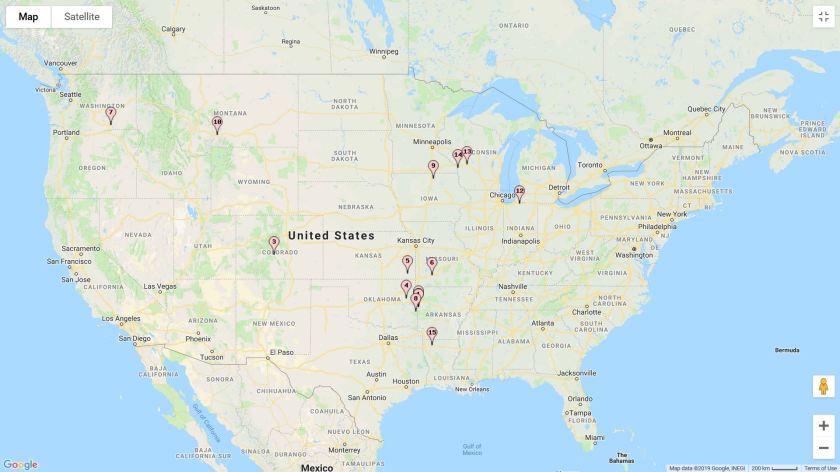
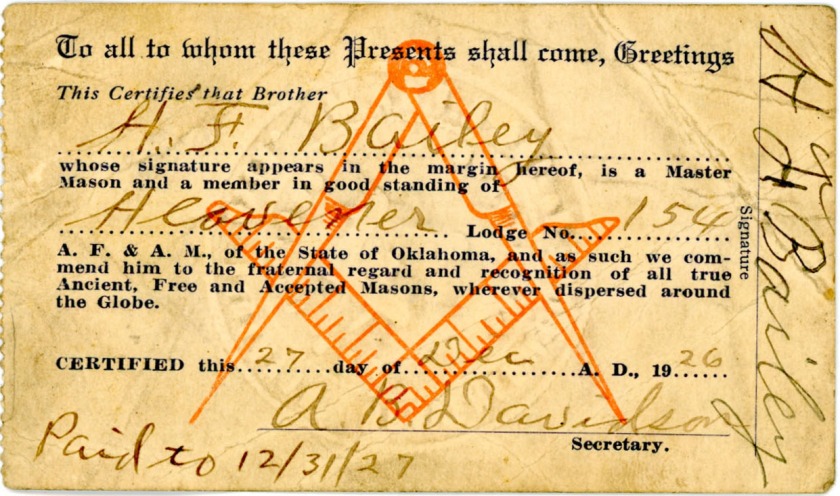
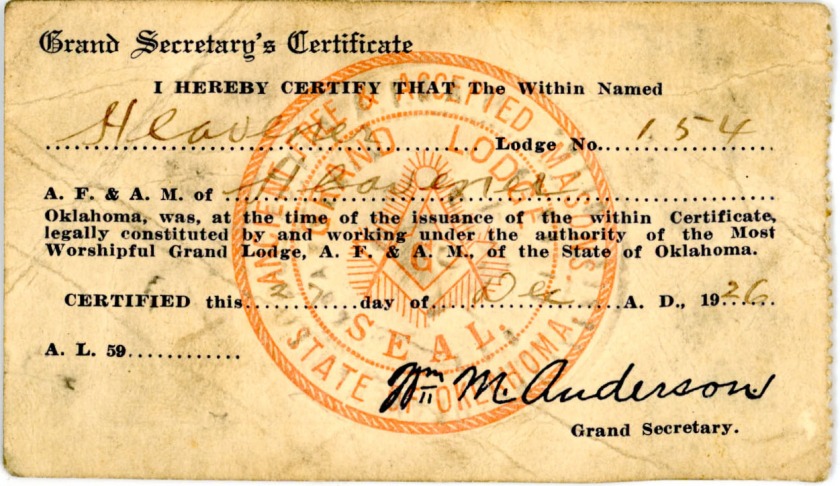
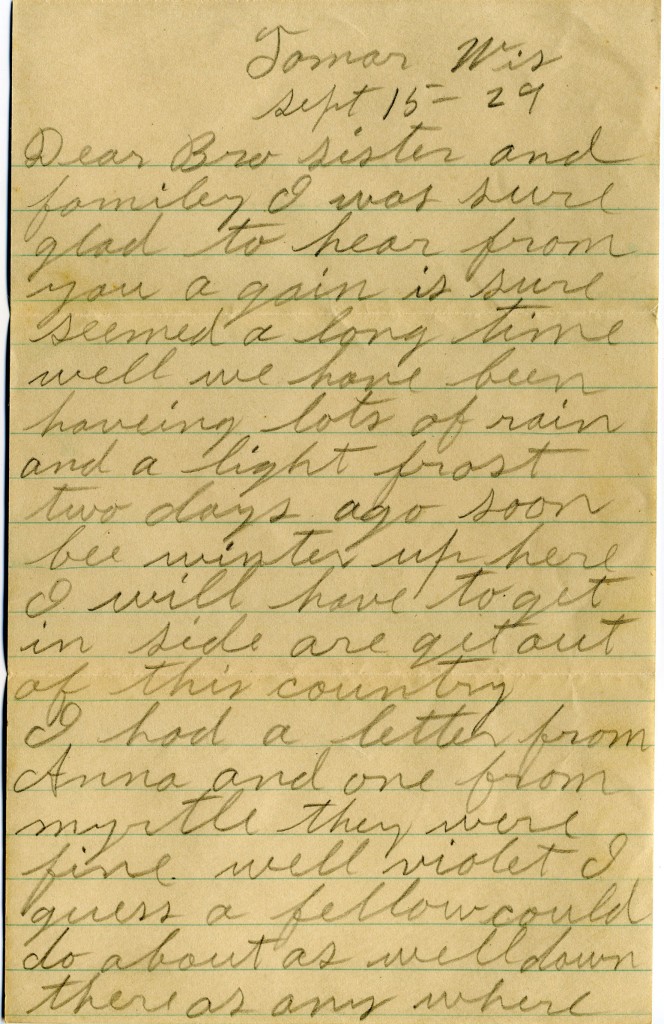


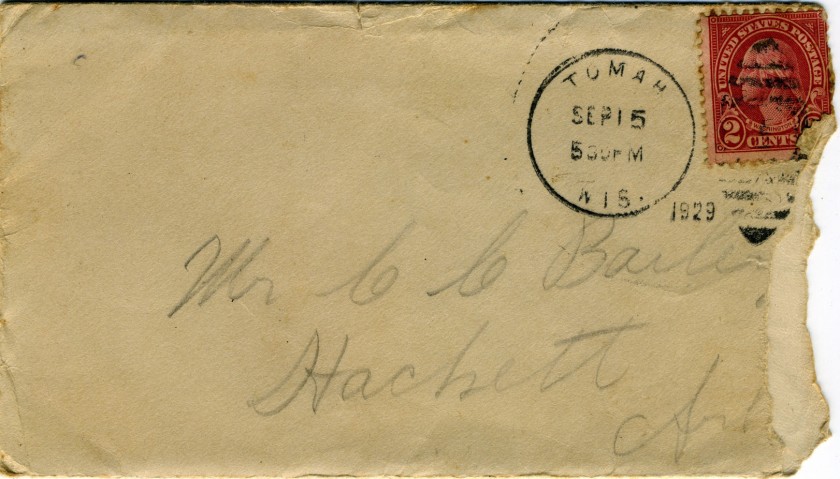



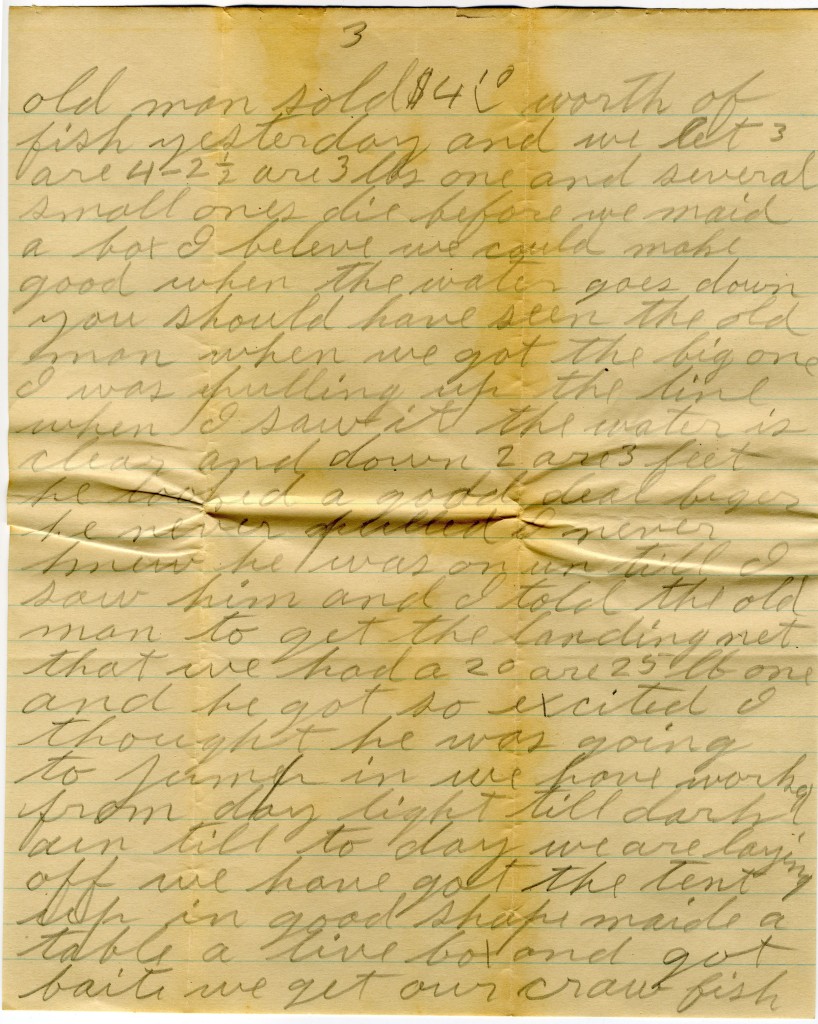
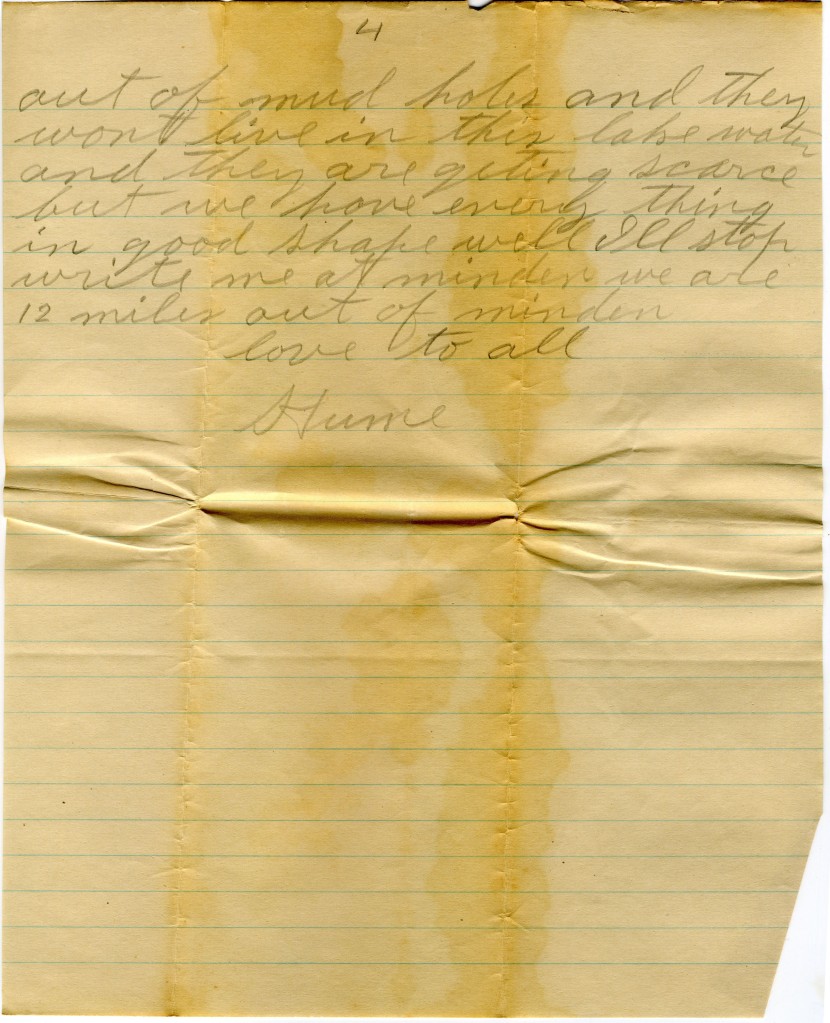

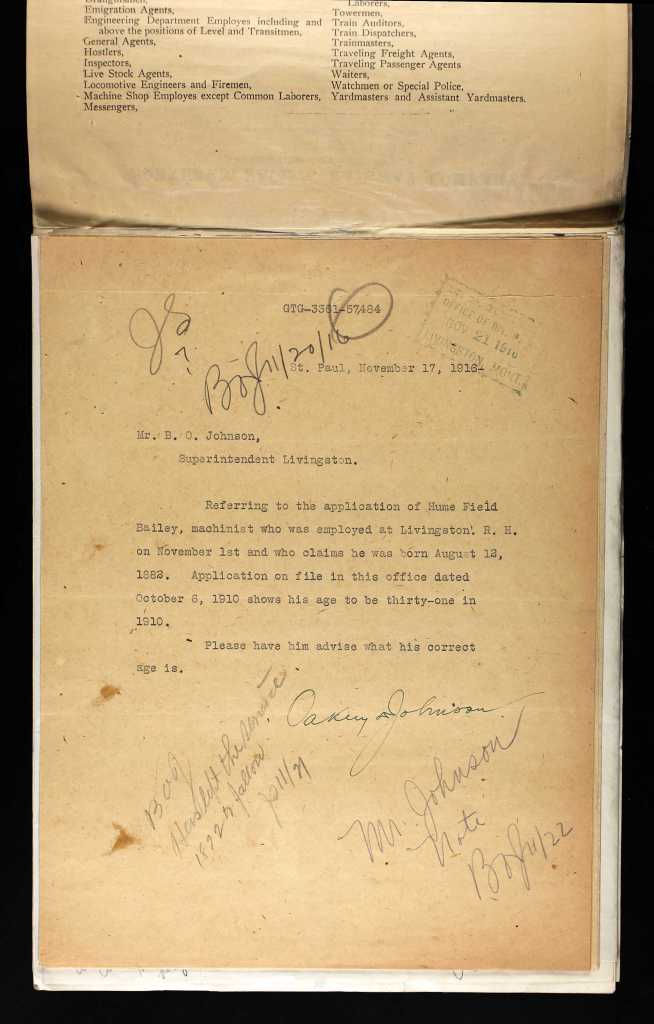

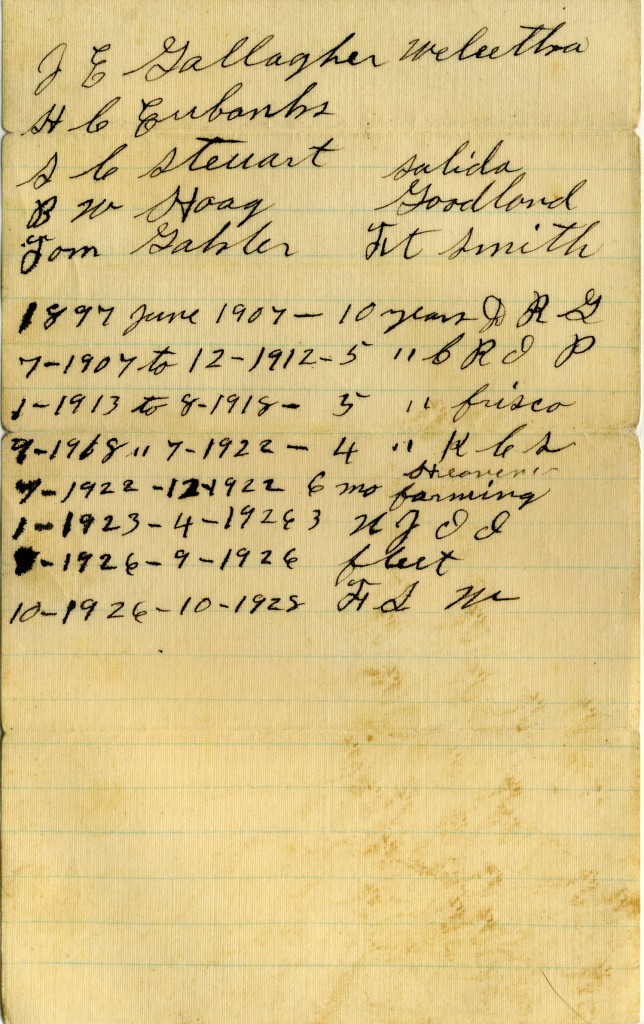
What a fascinating story. It sure does leave you scratching your head about why he was “allowed” to resign. Maybe he had a temper and didn’t get along with other employees or authority. Have you looked for him in newspapers?
LikeLike
I’ve looked a little, but not that much. I don’t have a subscription to the big newspaper sites and the FHC is not terribly convenient to my travel schedule. I plan to, though. I think that maybe I will find something more there.
LikeLiked by 2 people
I like reading this great job SCOTT
LikeLiked by 1 person
I really enjoyed reading about your Bachelor Uncle. You did a super job!
LikeLike